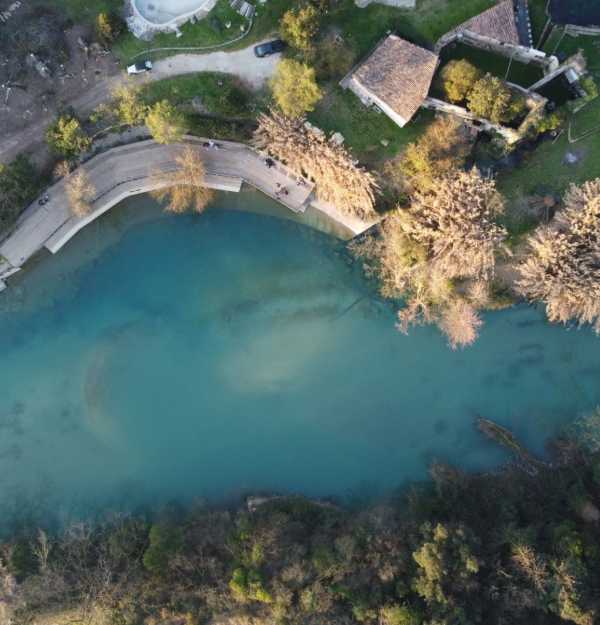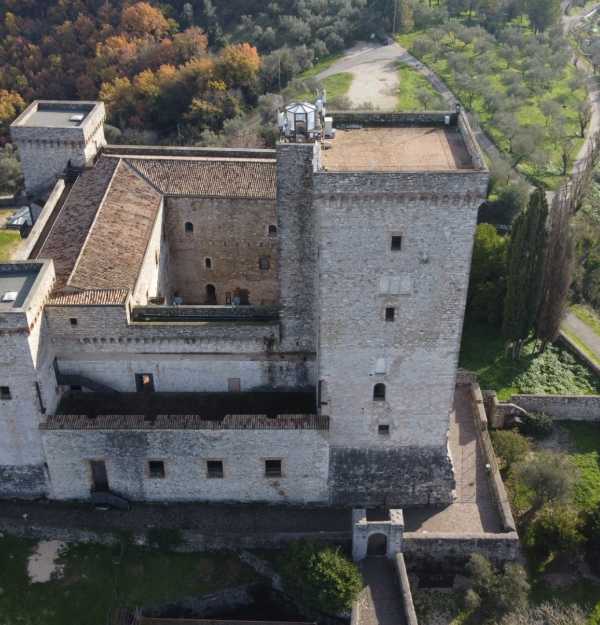
The Middle Ages is usually divided into two periods: High and Low Middle Ages. After the year 1000 the Late Middle Ages began, during which there was a strong population increase thanks to technological and agricultural innovations and the flourishing of trade. The Middle Ages is a very long period, full of fascination for contemporary man; it is the era of Dante, Giotto, San Francesco, Federico II, Marco Polo, powerful Popes and great mystics venerated by the people. Medieval literature has handed down to us the deeds of valiant characters, the epic of chivalry, the troubadours, the Crusades and the long pilgrimages, the guilds of crafts and the birth of universities. Wonderful works of art have come down to us, such as the imposing Romanesque and Gothic cathedrals, castles and public buildings.
In the flourishing of the cities, in which the population was grouped, the phenomenon of free municipalities was born, which involved much of Europe and in particular central and northern Italy. The municipalities were the highest expression, at the political, juridical and administrative level, of the autonomy gained by medieval men against the traditional higher authorities such as the papacy and the great nobility.
Narni was born with the Umbrian settlement of Nequinum and from 299 B.C. becomes the Roman colony of Narnia. The Roman Narnia, located on the Flaminia road, is characterized by a Porta Superior (Porta del Vescovo) and an Inferior one, and by the construction of bridges: Calamone, Caldaro, and especially the Ponte d'Augusto, in 27 B.C. The Ponte di Augusto then became, in the 17th and 18th Centuries, one of the favourite subjects of the Grand Tour painters.
After the countless events that in the Middle Ages will see it develop and expand its sphere of territorial control, the flourishing town of Narni will lose its autonomy only at the end of the fourteenth century, with the erection, wanted by Cardinal Albornoz, the imposing Rocca, located in the domain of the city and territory. The medieval division of the city is in terzieri: Mezule, Fraporta and Santa Maria.
The construction of the cathedral in the 12th Century confirms the slow and constant appropriation of a symbolic-religious apparatus linked to St. Giovenale, the patron saint of the city of which also the Race to the Ring will be in some way an expression. Other authoritative and austere witnesses of the value of the "Superba Narnia", are still today the many ancient buildings, but still in use and well preserved, that characterize the historic city center: public and noble buildings, beautiful churches and high towers.









